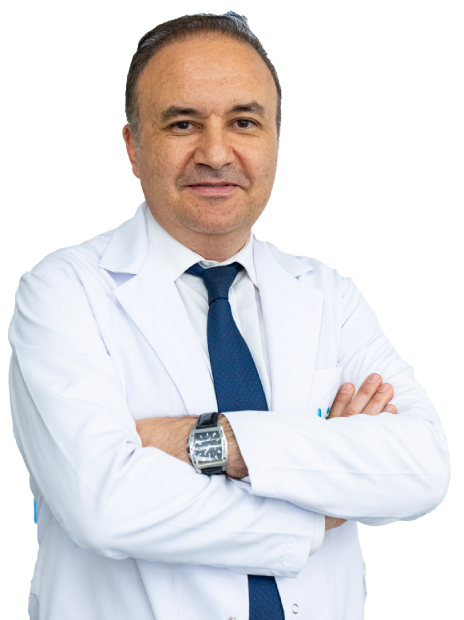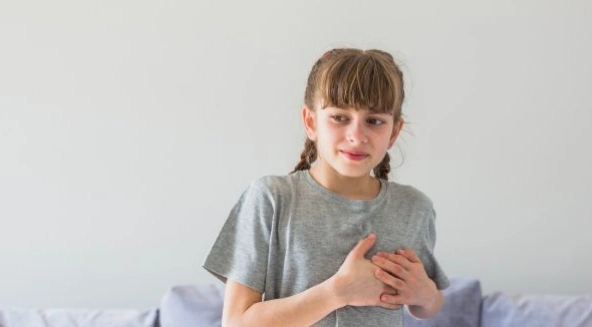What Is Pediatric Pulmonology? Conditions, Tests, and Treatments
Pediatric pulmonology is a medical specialty focused on diagnosing, treating, and monitoring lung and breathing problems in children from infancy through adolescence. Kids’ lungs and airways are still growing, their immune systems work differently than adults, and their symptoms can appear in unique ways, such as night cough, noisy breathing during colds, or shortness of breath while playing.
If your child has a cough lasting more than four weeks, keeps wheezing, gets frequent chest infections, snores often, or has trouble breathing during activities, seeing a pediatric pulmonologist can help find the cause and create a treatment plan just for them.
Breathing problems in children can be simple and easy to manage or more complicated and require special care. Common issues include asthma, ongoing or repeated cough, frequent bronchitis or pneumonia, sleep related breathing problems like sleep apnea, airway conditions such as tracheomalacia or bronchomalacia, and lung issues in children born prematurely, like bronchopulmonary dysplasia.
Pediatric pulmonologists also help manage allergies that affect the lungs, since the nose and lungs work together as one system.
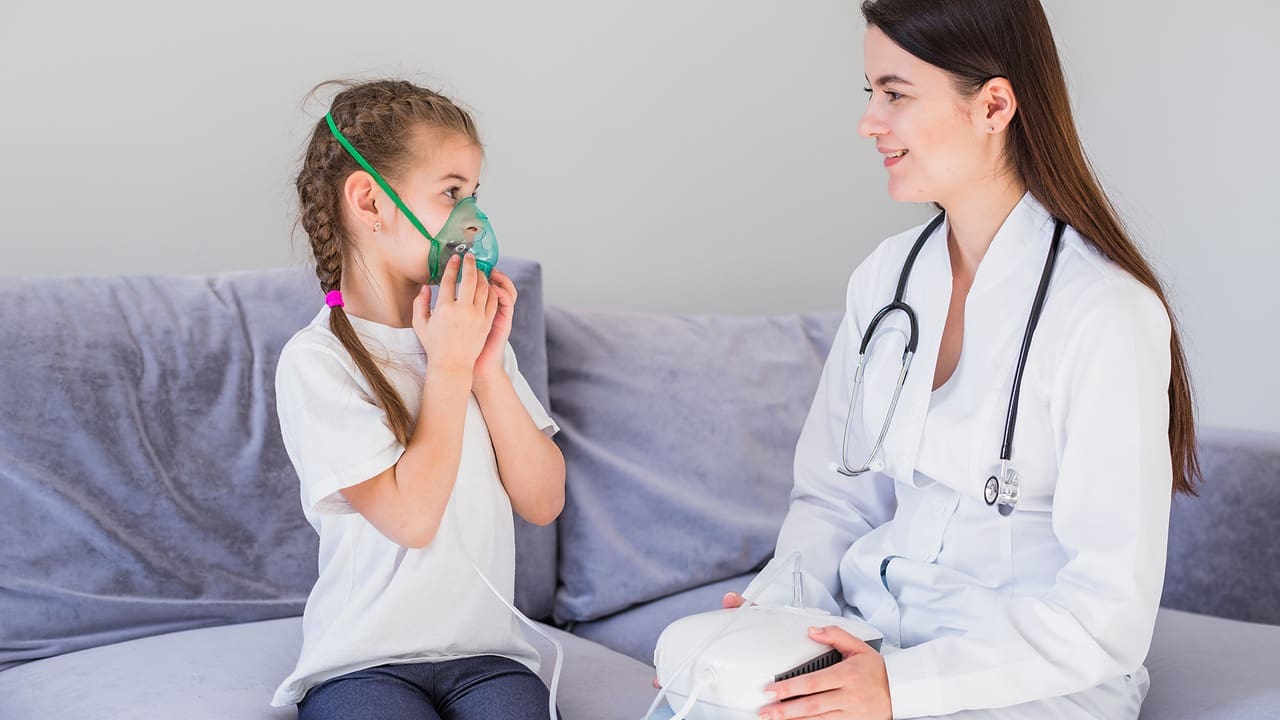
The first goal of a pediatric pulmonology visit is to listen closely to your child’s story. What brings on the symptoms? Do colds often lead to chest problems? Is there coughing at night or wheezing in the morning? Does your child have trouble with exercise, snore loudly, or sleep restlessly? Taking a careful history and doing a focused exam helps the doctor figure out what might be going on before ordering any tests. The next step is to create a clear, easy to follow plan for your family. This plan usually covers how to handle daily symptoms, what to do during flare ups, and how to avoid things that make symptoms worse.
Children are different from adults, and their tests are designed with that in mind. Pediatric pulmonologists use equipment and methods that fit kids and make them comfortable. For example, spirometry, a test that checks lung function, usually works well for children around five or six years old, when they can follow instructions to take a deep breath and blow out hard. For younger kids, doctors rely more on their medical history, exam, how they respond to treatment, and simple tests like pulse oximetry.
Pediatric Pulmonology : Common Conditions and What They Look Like
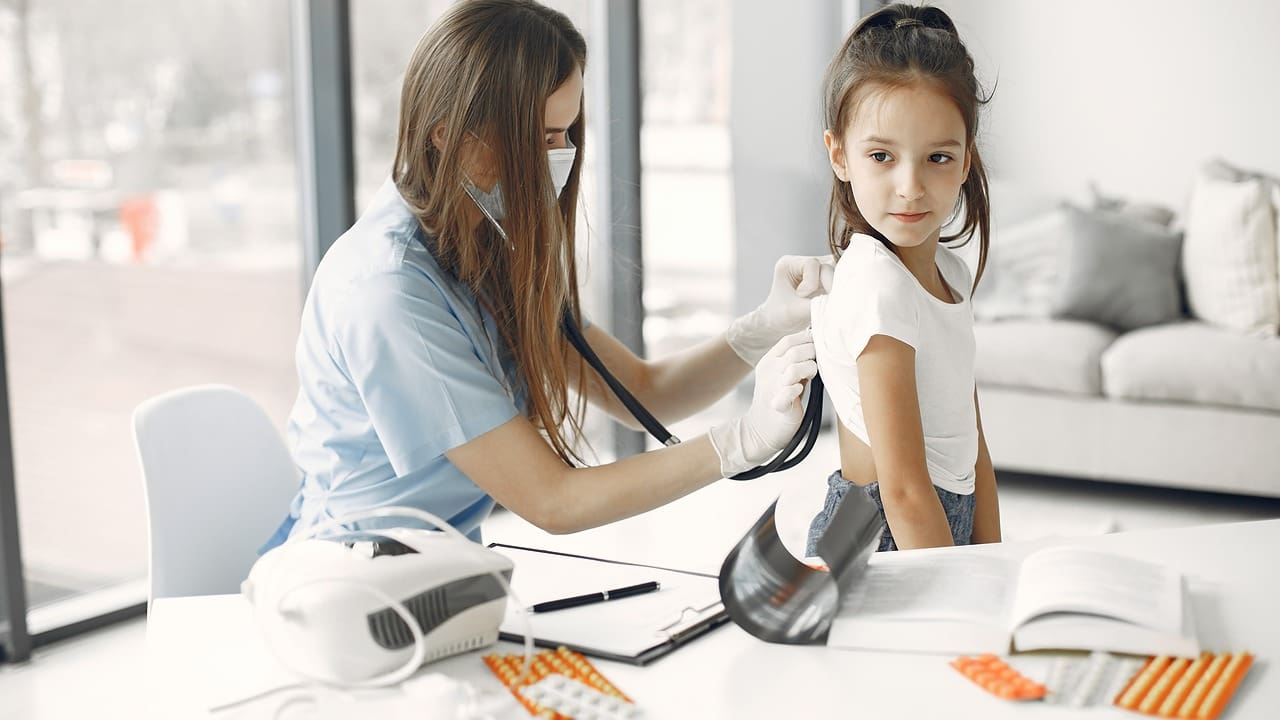
Asthma: The most common chronic lung disease in childhood. Hallmarks include wheeze, chest tightness, cough (often at night or with early morning awakening), and variable breathing difficulty. Triggers include viral colds, allergens (dust mites, pet dander, pollen, mold), tobacco smoke, air pollution, cold air, strong odors, and unwarmed up exercise.
Chronic or recurrent cough: A cough persisting beyond 4 weeks may be post viral, asthma related, allergy or postnasal drip related, or due to less common causes. Pattern matters night cough, cough with play, or cough that follows every cold points to different possibilities.
Recurrent infections: Multiple episodes of bronchitis or pneumonia may signal underlying asthma, aspiration, structural airway issues, or, less commonly, immune concerns. The specific location of repeat pneumonias on imaging can guide further evaluation.
Sleep disordered breathing: Persistent, loud snoring isn’t “just snoring.” Red flags include gasping, observed pauses, restless sleep, mouth breathing, morning headaches, daytime sleepiness or attention issues, and bed wetting in some children.
Airway abnormalities: Conditions such as tracheomalacia/bronchomalacia (softer, more collapsible airways) can lead to noisy breathing, coughing, and recurrent infections. An inhaled foreign body can cause sudden coughing, a unilateral wheeze, or recurrent pneumonia in the same area.
How Pediatric Pulmonologists Evaluate Children
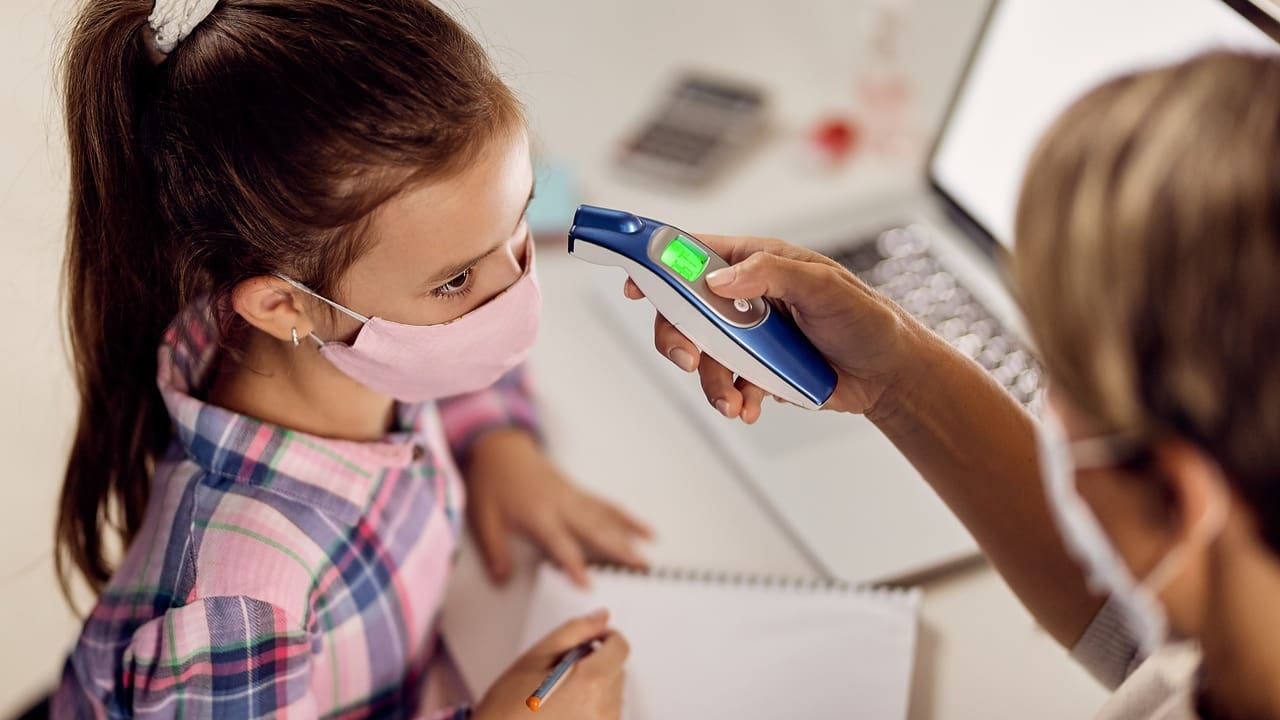
•Detailed history and exam: Symptom timing, triggers, family history of asthma/allergies, exposure to smoke or pets, birth history (especially prematurity), and growth patterns are all relevant.
•Pulse oximetry: A painless sensor on the finger or toe checks oxygen levels during illness or at rest.
•Spirometry: Measures airflow to detect obstruction and to see how well bronchodilator medicine opens the airways. Often feasible from ages 5–6 and up.
•FeNO (fractional exhaled nitric oxide): A noninvasive test that reflects type 2 airway inflammation, helpful in some asthma cases to guide controller therapy.
•Peak flow monitoring: A simple at home tool for certain children to track daily variability.
•Imaging: Chest X rays help assess lungs and airways when indicated; chest CT is reserved for specific concerns due to radiation exposure, balancing need and risk carefully.
•Allergy evaluation: Skin testing or blood tests (specific IgE) can identify triggers that worsen lower airway inflammation.
•Sleep studies: An overnight polysomnogram may be recommended for suspected obstructive sleep apnea or unusual nighttime breathing.
•Bronchoscopy: A specialized, procedural look at the airways in select cases such as suspected foreign body aspiration or structural problems performed with pediatric equipment and anesthesia.
Asthma: Diagnosis and Day to Day Management
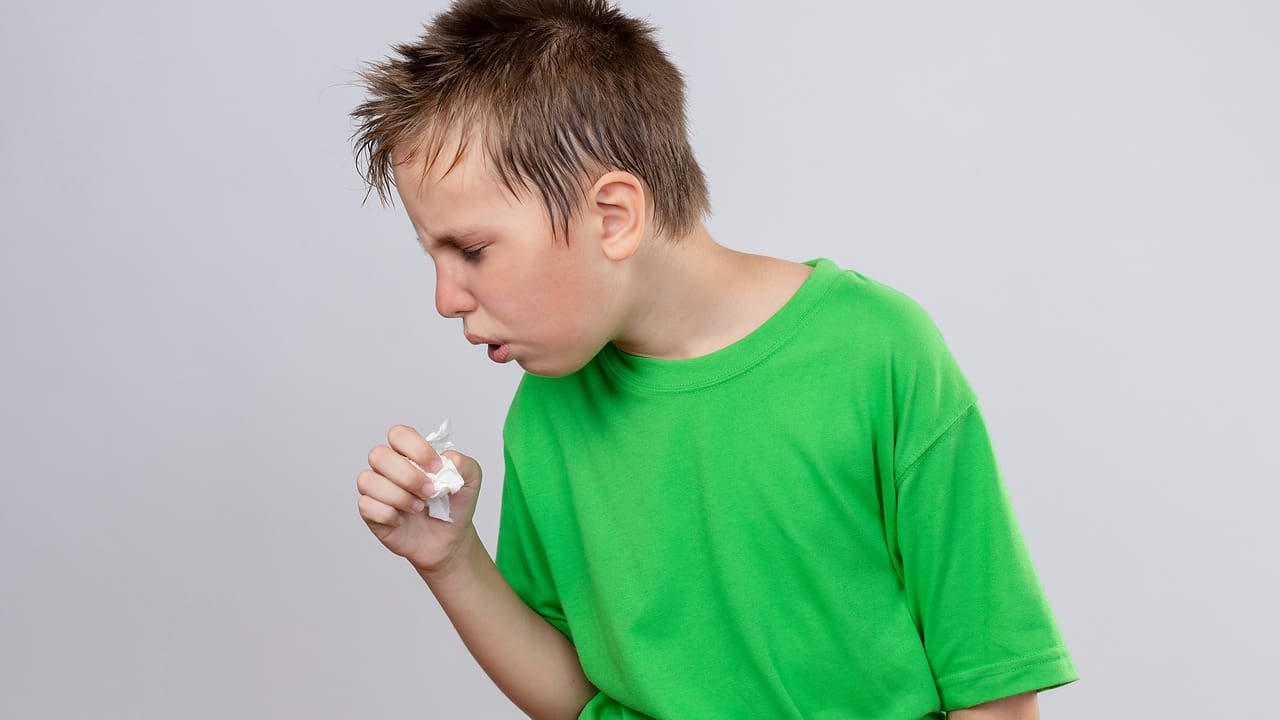
Asthma diagnosis is clinical: it blends history, exam, and, when possible, objective testing like spirometry. In younger children with recurrent wheeze and risk factors, clinicians may use a trial of controller medication to assess response. Once asthma is likely or confirmed, management focuses on both control and prevention.
Core elements of asthma care:
• Controller therapy: Daily medication (often an inhaled corticosteroid) to reduce airway inflammation and prevent symptoms and exacerbations. The goal is the lowest effective dose that maintains control.
• Reliever (rescue) medicine: A rapid bronchodilator to use during symptoms or before exercise if prescribed. If it’s needed frequently, controller therapy usually needs adjustment.
• Technique and devices: Using a metered dose inhaler with a spacer dramatically improves lung delivery. Masks for younger children, mouthpieces for older ones, and regular technique checks are essential.
• Asthma action plan: A written plan with green/yellow/red zones tells families how to modify medicines when symptoms change and clarifies when to seek urgent care. Sharing the plan with schools, coaches, and caregivers keeps everyone aligned.
• Trigger management: Allergen control, smoke free environments, washing hands during viral seasons, and warming up before exercise all reduce flare ups. For allergy driven asthma, addressing nasal symptoms often improves control of lower airways as well.
Sleep and Breathing: Why Nights Matter
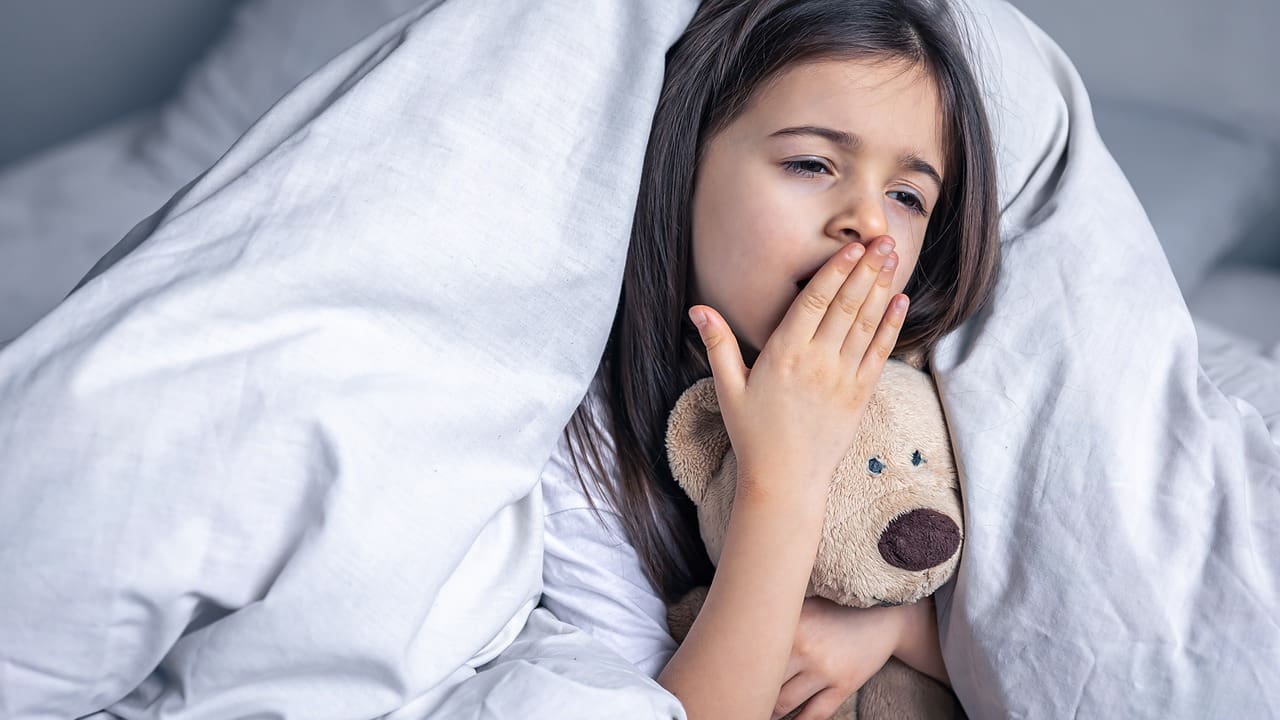
Poorly controlled asthma frequently shows up at night with cough or early morning symptoms. Likewise, sleep disordered breathing affects daytime behavior, attention, and growth potential. If your child snores loudly most nights, gasps in sleep, or has witnessed breathing pauses, talk with the pediatric pulmonology and sleep team.
Depending on findings, options may include nasal treatments, allergy management, positional strategies, weight optimization when appropriate, positive airway pressure therapy for select cases, or coordination with ENT colleagues for airway evaluation.
Interventional Pediatric Pulmonology: When Procedures Help
Most children never need an invasive procedure, but there are times when bronchoscopy is invaluable:
• Suspected airway foreign body (for example, a nut aspirated into a bronchus).
• Recurrent pneumonia in the same area, suggesting a blockage or malacia.
• Structural airway concerns require direct visualization or sampling. These procedures are performed with specialized pediatric scopes, experienced teams, and careful monitoring, with a clear discussion of risks and benefits beforehand.
Coordinated, Family Centered Care
Breathing problems often connect with other health issues. For example, a child with asthma and strong allergies may need care from both a pulmonologist and an allergy specialist. A child with ongoing nasal congestion and sleep related breathing problems might need to see an ENT doctor. Good pediatric pulmonology care focuses on teamwork, education, and making care easy to access, such as offering quick appointments for flare ups, telehealth visits when needed, and hands on teaching for using inhalers and spacers.
Home Strategies That Make a Real Difference
- Keep the home and car smoke free: This is one of the most impactful steps for reducing cough and wheeze.
- Allergen management: Encase pillows and mattresses, wash bedding hot weekly, manage humidity around 40–50%, use HEPA filtration where appropriate, and reduce dust collecting clutter. Address visible mold promptly and safely.
- Illness prevention: Hand hygiene, up to date routine pediatric vaccinations per guidance, and staying home when actively ill help protect vulnerable lungs.
- Activity and confidence: Regular play and exercise are encouraged. If exercise triggers symptoms, a pre exercise inhaler may be recommended.
- Device checkups: Bring inhalers, spacers, and any nebulizers to appointments so the doctor can check how you use them. Even small changes in technique can make a big difference.
When to Seek Urgent Care
Know the warning signs. Get medical help right away if your child has serious trouble breathing, is breathing quickly with chest retractions (sucking in under the ribs or at the neck), has bluish lips, can’t speak in full sentences, is very tired, or doesn’t get better after using a rescue medicine. Trust your instincts. If your child’s breathing looks hard or they seem very unwell, it’s better to be safe and get checked quickly.
Preparing Your Child for Tests and Visits
Children feel more comfortable when they know what will happen. Before spirometry, you can practice taking big breaths in and blowing out long at home, making it a fun game. Bring a favorite toy or video to help your child relax during tests. Be sure to follow any instructions about holding off on certain medicines before lung function tests so the results are correct. Write down your main questions and goals, like wanting fewer night symptoms, finishing sports practice without stopping, fewer ER visits, or better sleep. These goals help shape the care plan.
Measuring Progress Over Time
Follow up cadence depends on symptom control and recent changes in therapy. After starting or adjusting controller medicine, a check in within a few weeks is common. Families often see the team more during allergy seasons or after viral surges. Over time, the plan can be stepped up or down based on control, lung function, and life events such as sports seasons or travel.
Looking Ahead: Can Children Outgrow Asthma?
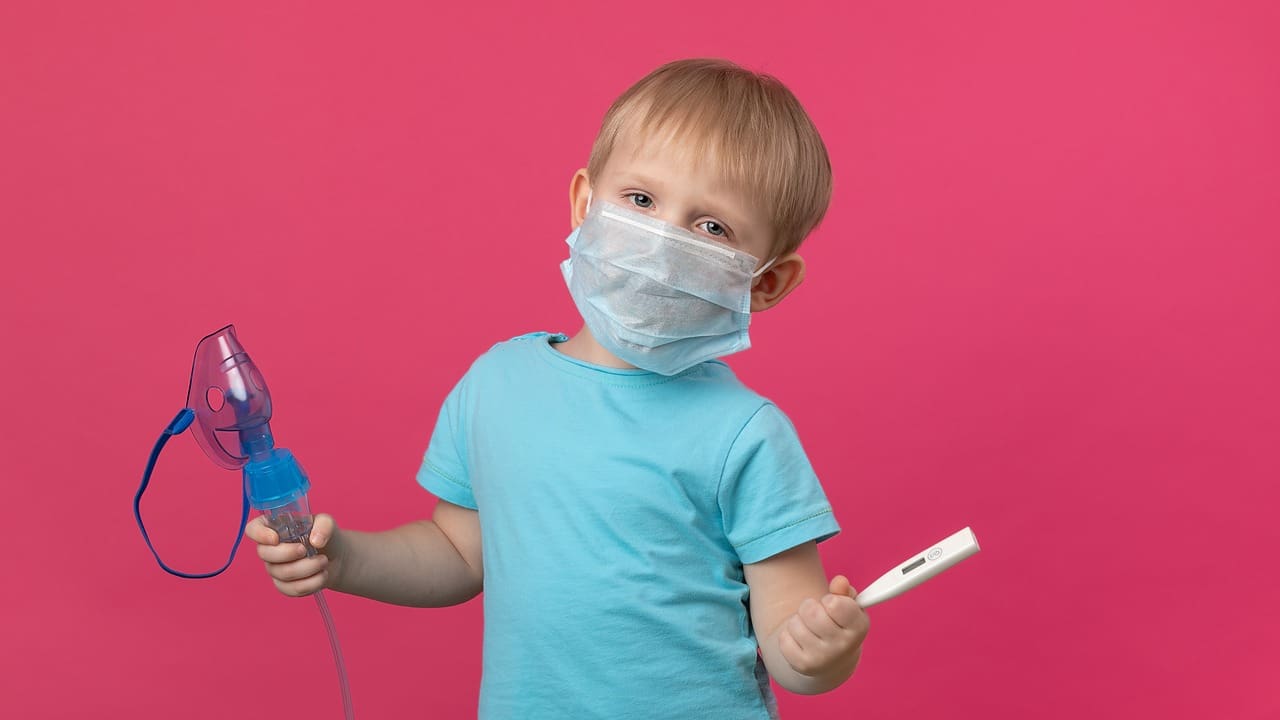
Some children experience fewer symptoms as they grow, especially with good control, trigger avoidance, and healthy habits. Others continue to have asthma into adolescence or adulthood. Regular follow up ensures the plan fits the child’s current needs and minimizes the impact on daily activities and sleep.
Liv Hospital Pediatric Pulmonology Clinic
Liv Hospital Pediatric Pulmonology Clinic provides world class care for the diagnosis and treatment of acute and chronic respiratory diseases in children, utilizing advanced technological facilities and an experienced team of experts. Pediatric pulmonology plays a key role in diagnosing and treating the most common complaints and diseases in children. In our clinic, procedures such as bronchoscopy, sweat testing, allergy testing, pulmonary function tests, sleep studies, and other diagnostic methods are routinely performed.
Expert Team
Our clinic's pediatric pulmonology specialists are highly trained in childhood respiratory diseases and apply internationally recognized diagnostic and treatment methods with precision. Additionally, through a multidisciplinary approach, we collaborate with pediatric allergy, pediatric intensive care, pediatric immunology, and nutrition specialists to create personalized treatment plans for each patient.
Advanced Diagnostic and Treatment Methods
Liv Hospital Pediatric Pulmonology Clinic boasts a modern technological infrastructure that enables precise and accurate diagnosis and treatment processes. Utilizing advanced diagnostic tools such as pulmonary function tests and bronchoscopy, we prioritize the safety and comfort of our young patients by employing minimally invasive techniques. Furthermore, the clinic is equipped to provide effective treatment for advanced respiratory conditions.
At Liv Hospital Pediatric Pulmonology Clinic, we continue to provide high quality care with state of the art technology and expert staff, ensuring optimal health outcomes for children.
For more information about our academic and training initiatives, visit Liv Hospital Academy
Frequently Asked Questions for Pediatric Pulmonology
When should we seek emergency care for breathing issues?
Seek urgent medical attention if there is severe breathing difficulty, fast breathing with chest retractions, bluish lips, marked fatigue or confusion, or no relief after using rescue medicine.
What home steps help prevent breathing problems?
Keep home and car smoke free; manage allergens (encase bedding, wash bedding hot weekly, control humidity); use prescribed controller medication; check inhaler spacer technique; warm up before exercise; and follow the action plan during viral seasons.
How do allergies affect breathing in children?
Dust mites, pets, molds, and pollens can inflame nasal passages and lower airways, worsening cough and asthma. Management often includes avoidance strategies, nasal/allergy medicines, asthma controllers, and sometimes allergy immunotherapy.
What is pediatric interventional pulmonology, and when is it used?
It includes procedures such as bronchoscopy to diagnose or treat airway problems, including suspected foreign body aspiration, persistent localized lung issues, or structural airway abnormalities, using pediatric equipment and anesthesia.
Does snoring always mean sleep apnea in children?
No. Occasional snoring can be benign, but persistent loud snoring, gasping, pauses, restless sleep, or daytime behavioral/attention issues should prompt evaluation for sleep disordered breathing.
How is childhood asthma diagnosed and managed?
Diagnosis blends history, exam, spirometry (typically age 5–6+), and response to controller therapy. Management includes daily controller medication if indicated, a rescue inhaler for symptoms, correct inhaler with spacer technique, trigger control, and a written asthma action plan.
